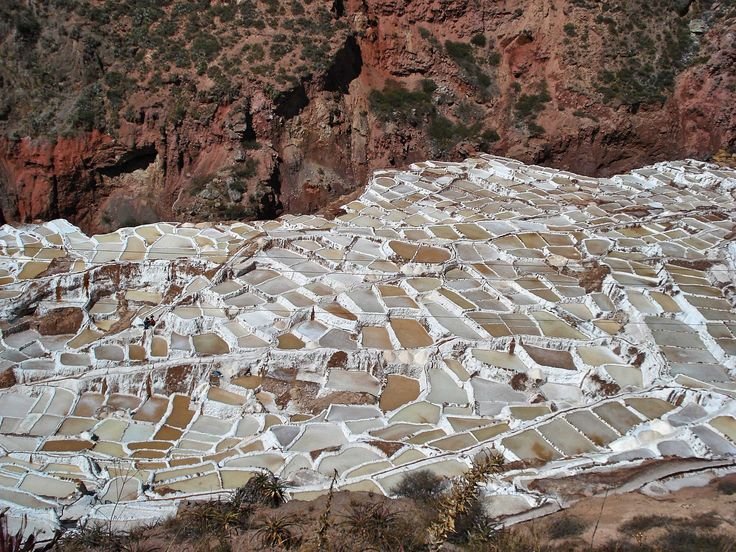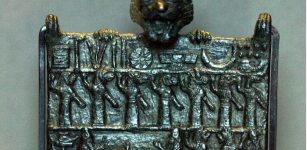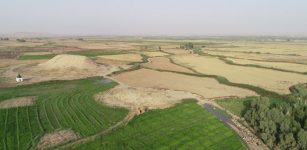Astonishing Pre-Inca Salt Ponds of Maras In Peru Were Created By The Chanapata Culture
MessageToEagle.com – There are many wonderful places to see in Peru, a land rich in history and filled with beauty. Most people have heard of the Machu Picchu, the enigmatic Nazca Lines, but not everyone is familiar with the astonishing salt pond of Maras, in the Sacred Valley of the Incas, 40 kilometers north of Cuzco.
The Maras salt ponds are an altitude of 3,000 meters. And though it is a long way to the ocean, it wasn’t always so. In ancient past, this impressive mountain range was once part the sea floor.
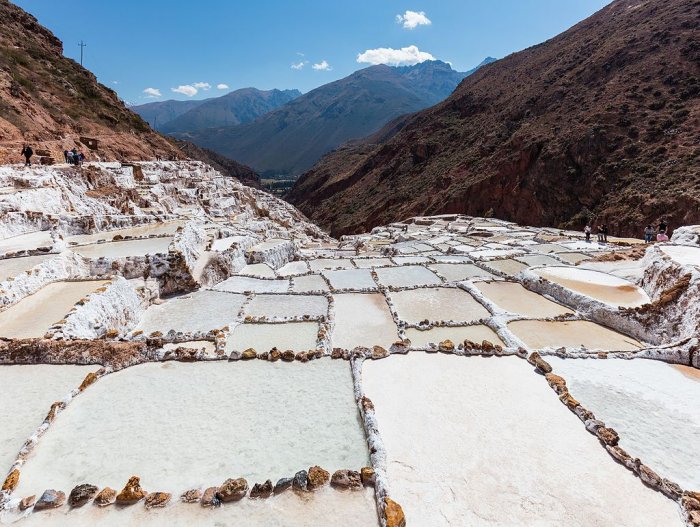
The Incas used the salt ponds, but they were originally created during the Chanapata culture (AD200 to AD900). The Chanapata culture extended around the entire Cusco valley and their settlers reached a higher degree of civilization, as they developed the agriculture and the domestic animals raising.
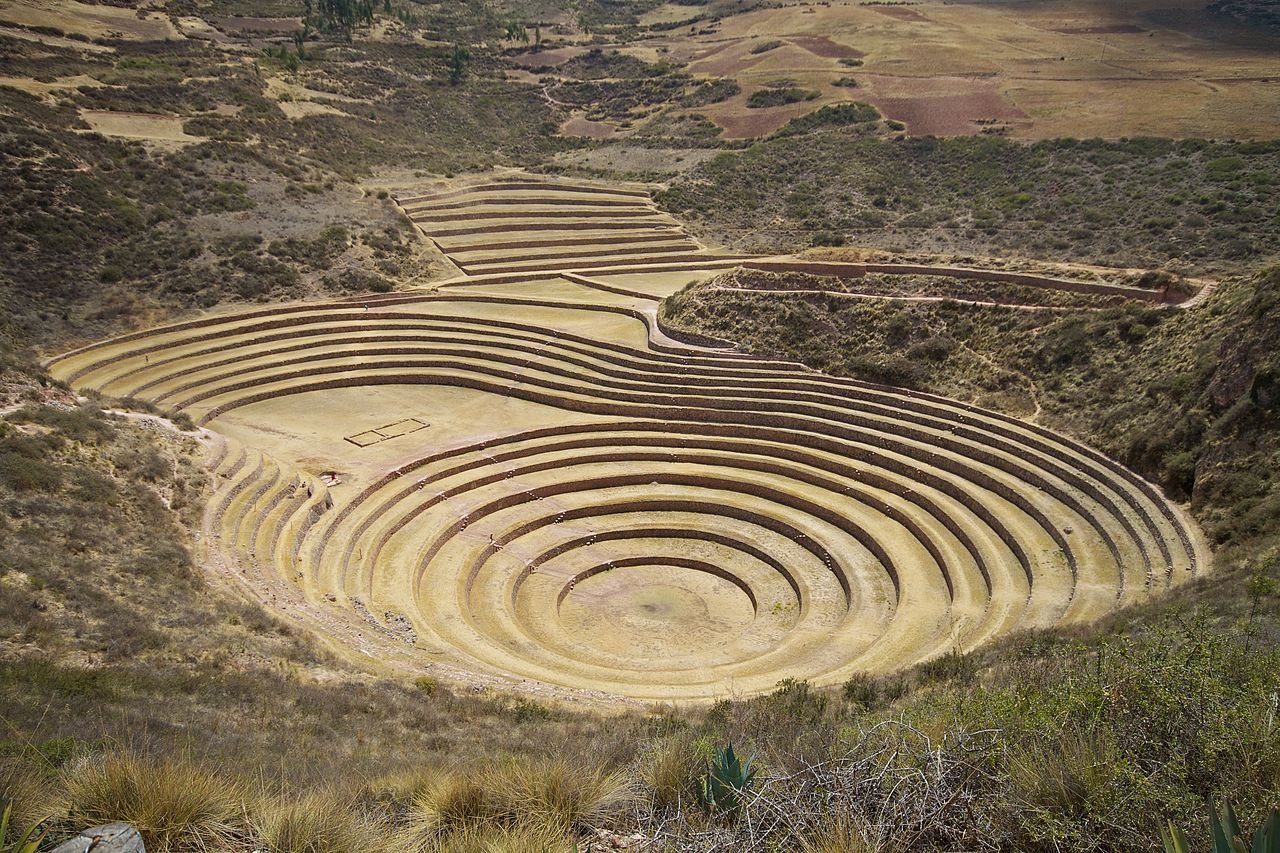
It is not known by how many years this maze of channels predates the Inca Empire, but the construction of the salt ponds undertaken by the Chanapata culture must have taken generations.
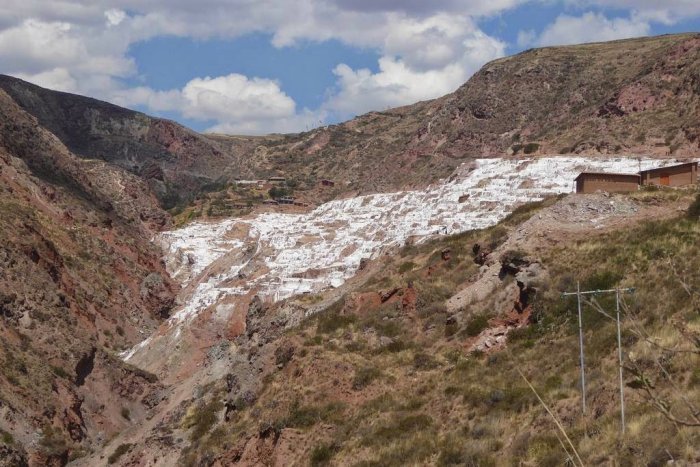
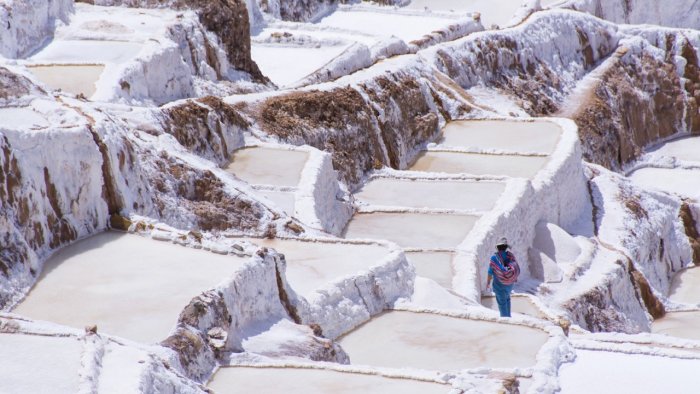
If you were not afraid of hard work and you wanted to make money, the Mara salt ponds were a good place to go, but being at the end of a vertiginous mountain road the site is even today considered inaccessible.
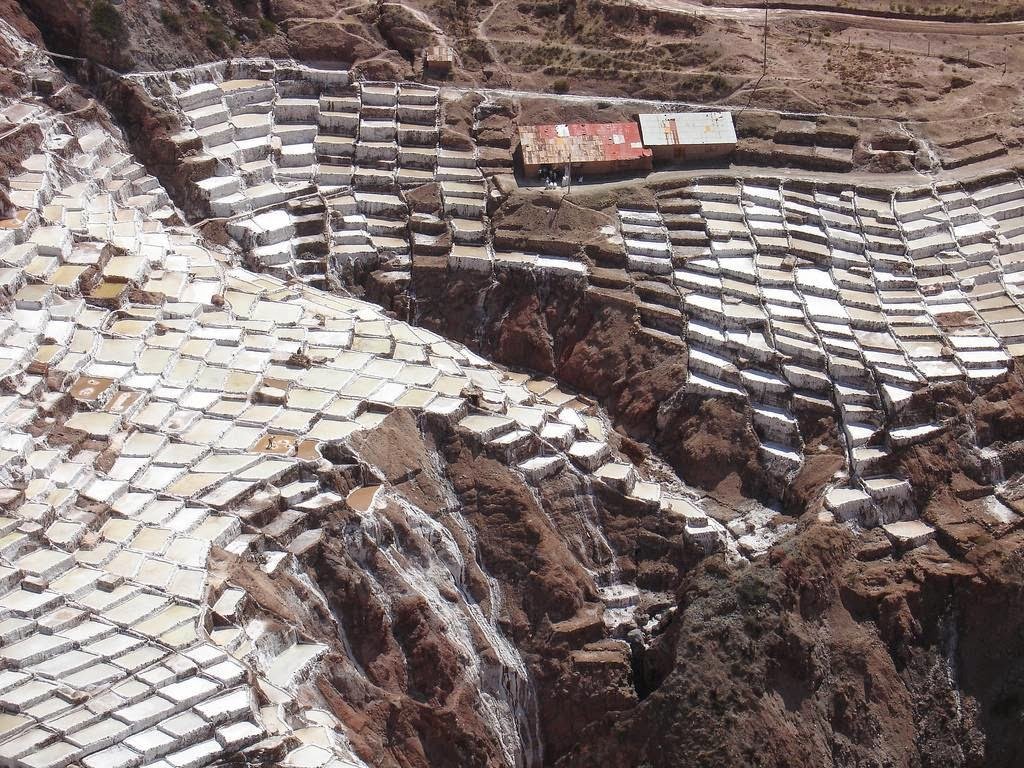
One can only imagine how hard it must have been to reach this place in the time of the Inca and how much work it required to transport the salt to all corners of the vast Inca empire.
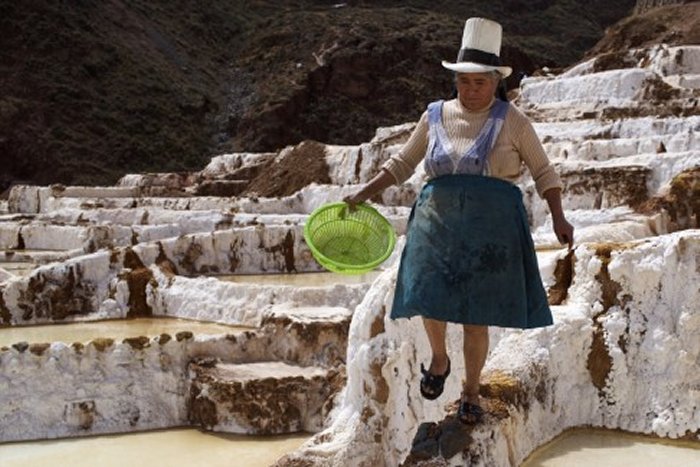
Even at its source its collection was not as straightforward as simply raking it from the ground. Over centuries a network of ponds were created with an ingenious method of water control which ensured a steady supply of the valuable commodity.
See also:
10 Great Ancient Mysteries Of Peru
Puzzling Huge Ancient Sayhuite Monolith In Peru Remains An Unsolved Mystery
The Word Salary Has Roots In Ancient Rome And History Of Salt
The keeper of each pond lets water into their pool by opening a notch in the side wall. Each pond is about 30cm deep and, when it is full, the water is left to evaporate in the dry Andean air. When the pool has crusted over, the keeper uses a wooden baton to scrape up the salt, which is put in a basket to drain.
The salt mines traditionally have been available to any person wishing to harvest salt. The owners of the salt ponds must be members of the community, and families that are new to the community wishing to propitiate a salt pond get the one farthest from the community. The size of the salt pond assigned to a family depends on the family’s size.
Usually there are many unused salt pools available to be farmed. All any prospective salt farmer must do is to locate an empty currently unmaintained pond, consult with the local informal cooperative, learn how to keep a pond properly within the accepted communal system, and start working.
Today, the salt ponds of Maras are a tourist attraction and if you are in Peru they are worth a visit.
MessageToEagle.com

